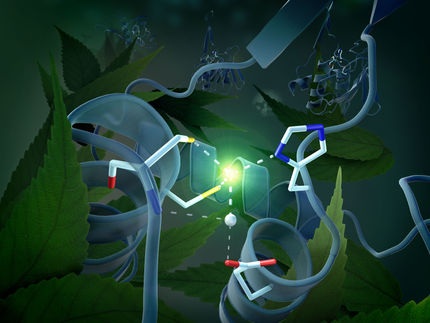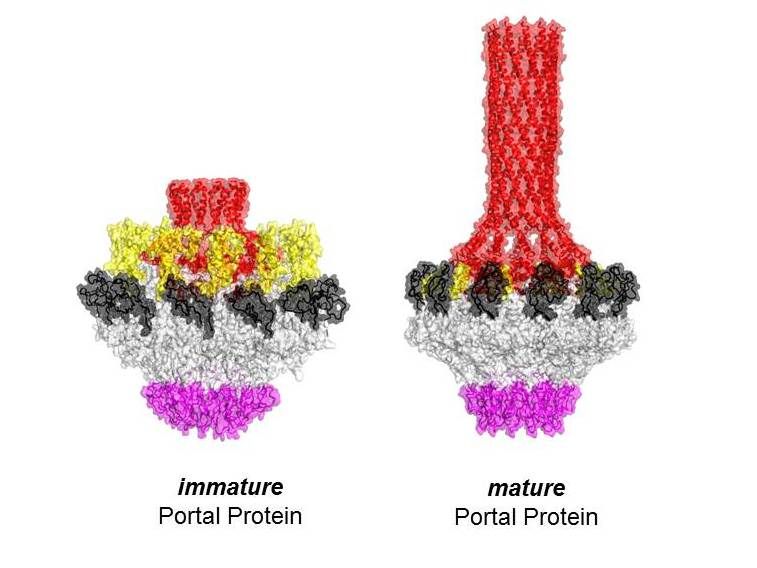Bacteria Borrow Viruses to Spread Their Own Defences
Pseudomonas fluorescens exposed to sterile compost filtrate acquired multiple mobile genetic elements carrying anti-phage defence genes
Advertisement
A team from the Max Planck Institute for evolutionary biology has discovered a new class of bacterial mobile genetic elements that use giant viruses—known as jumbo phages—to move between cells. The work, published in Proceedings of the National Academy of Sciences (PNAS), uncovers an unexpected twist in the long-running arms race between bacteria and their viruses. In the study, a common-or-garden bacterium was exposed to sterile filtrate from garden compost. The bacterium picked up several previously unknown DNA elements, each carrying genes that defend against phage infection. Remarkably, one of these elements, named I55, was found to hitch a ride on a jumbo phage, making it one of the first examples of a phage satellite exploiting such a large virus. The element not only spreads via the phage but also protects its bacterial host through a restriction–modification system—effectively allowing the bacterium to borrow viral machinery for its own benefit. “When a jumbo phage sequence appeared on screen, everything clicked into place,” says Yansong Zhao. “It explained how such a large element could move between cells.”

Mobile genetische Elemente nutzen einen Jumbo-Phagen zum Transfer zwischen Bakterienzellen. Dargestellt sind die Bakterien DNA in rot, die mobilen genetischen Elemente in grün und die Jumbo-Phagen in blau.
Yansong Zhao (created with Biorender.com and edited with ChatGPT)
“The discovery shows how much remains hidden in the natural world,” adds Paul Rainey. “Even in a handful of garden compost, there are layers of interaction we’ve only begun to uncover.” The study highlights the hidden diversity of mobile DNA in the environment and may eventually inform new biotechnological tools for transferring large genetic regions between bacteria.





















































